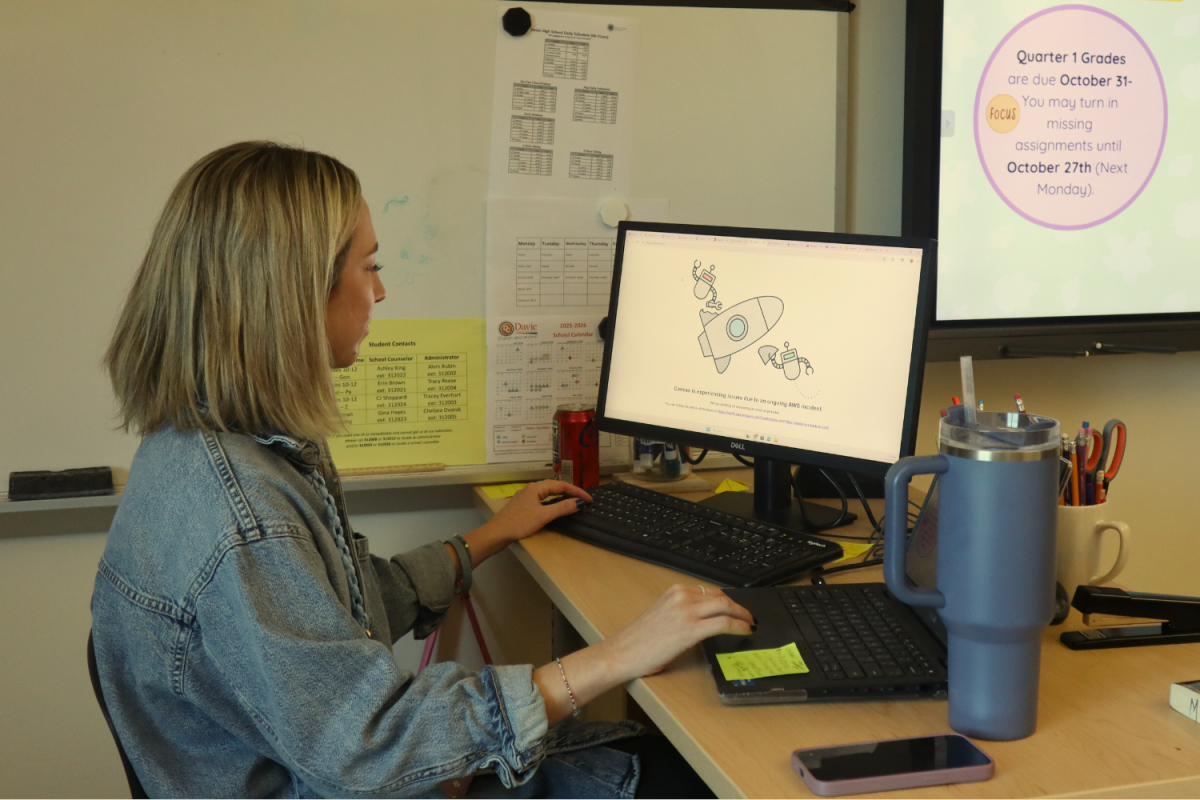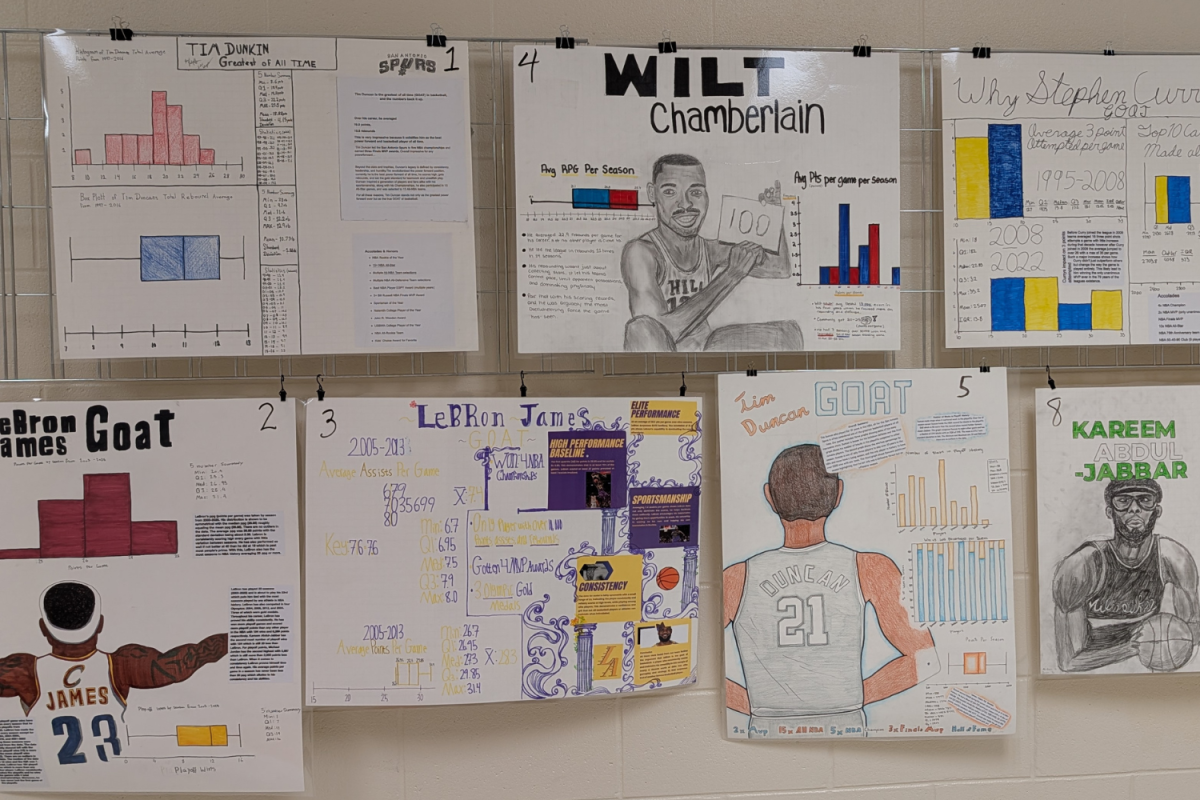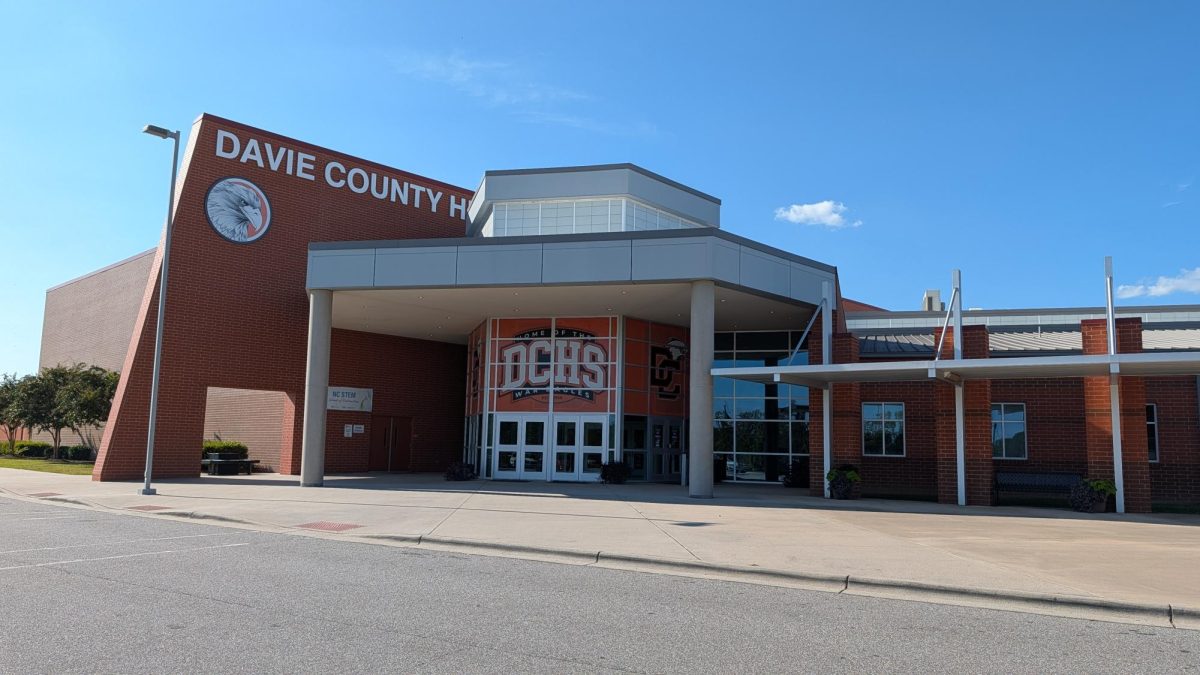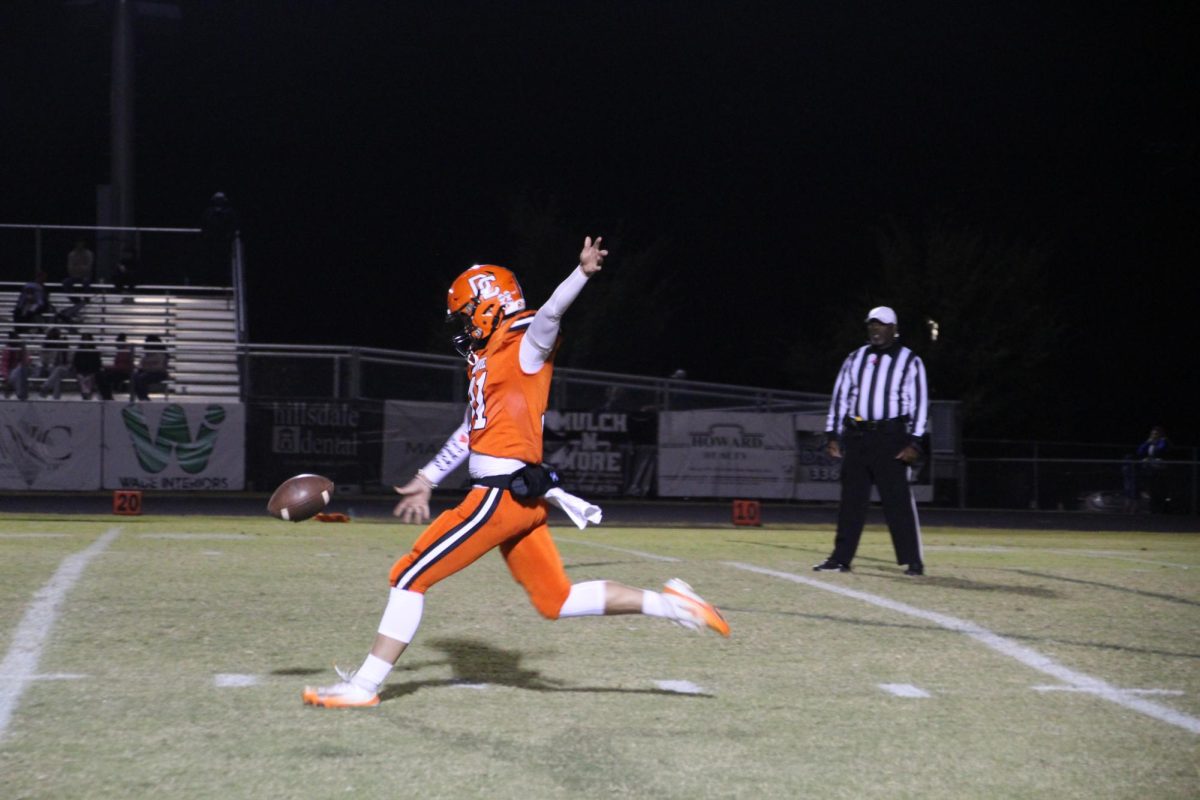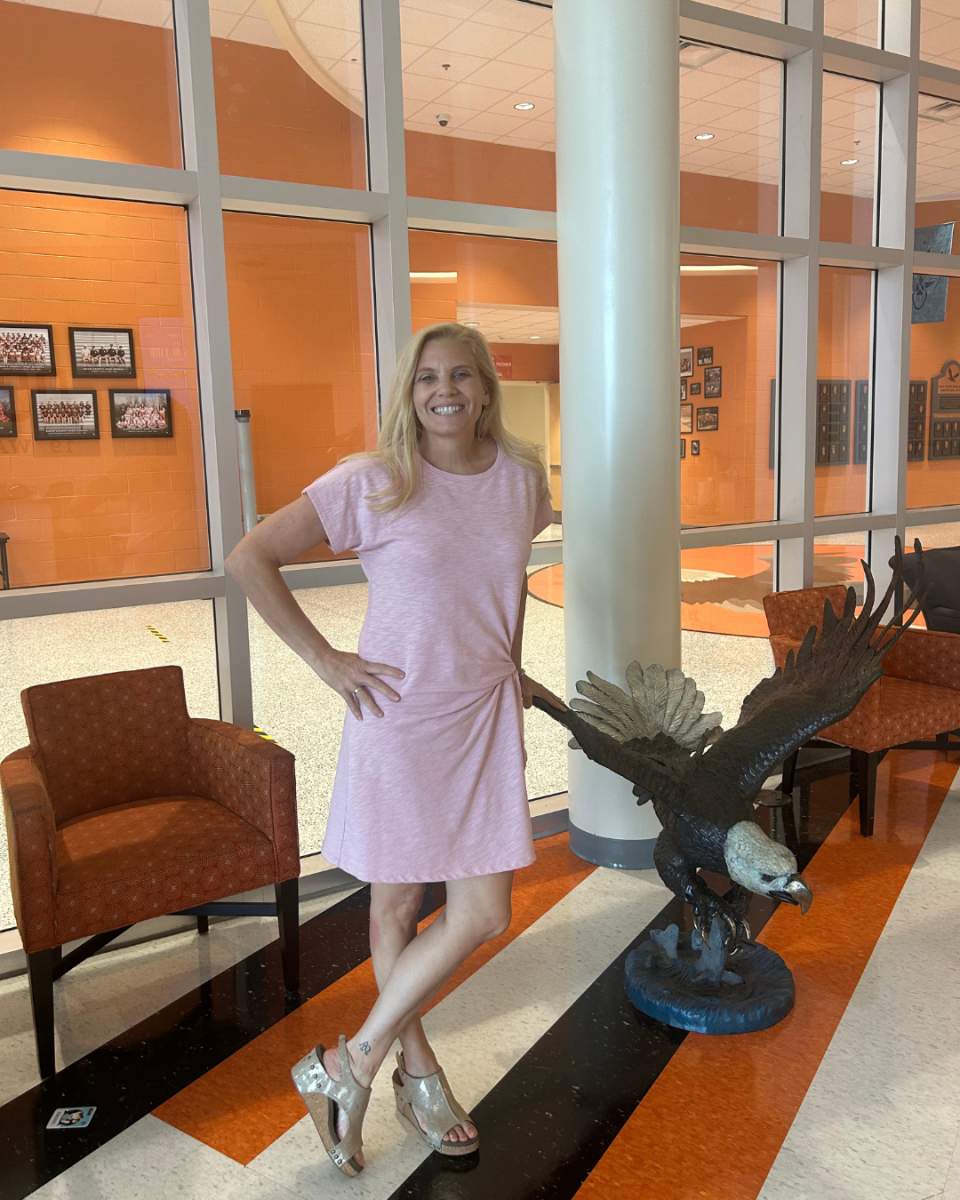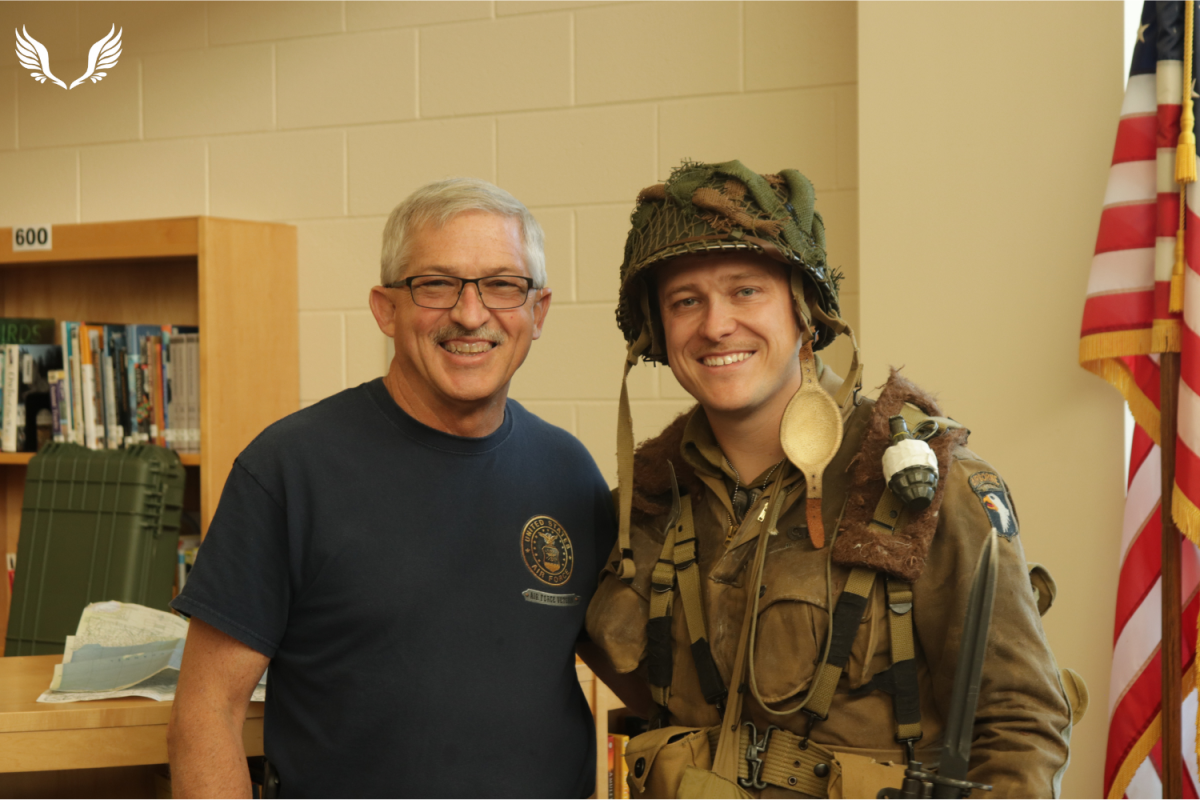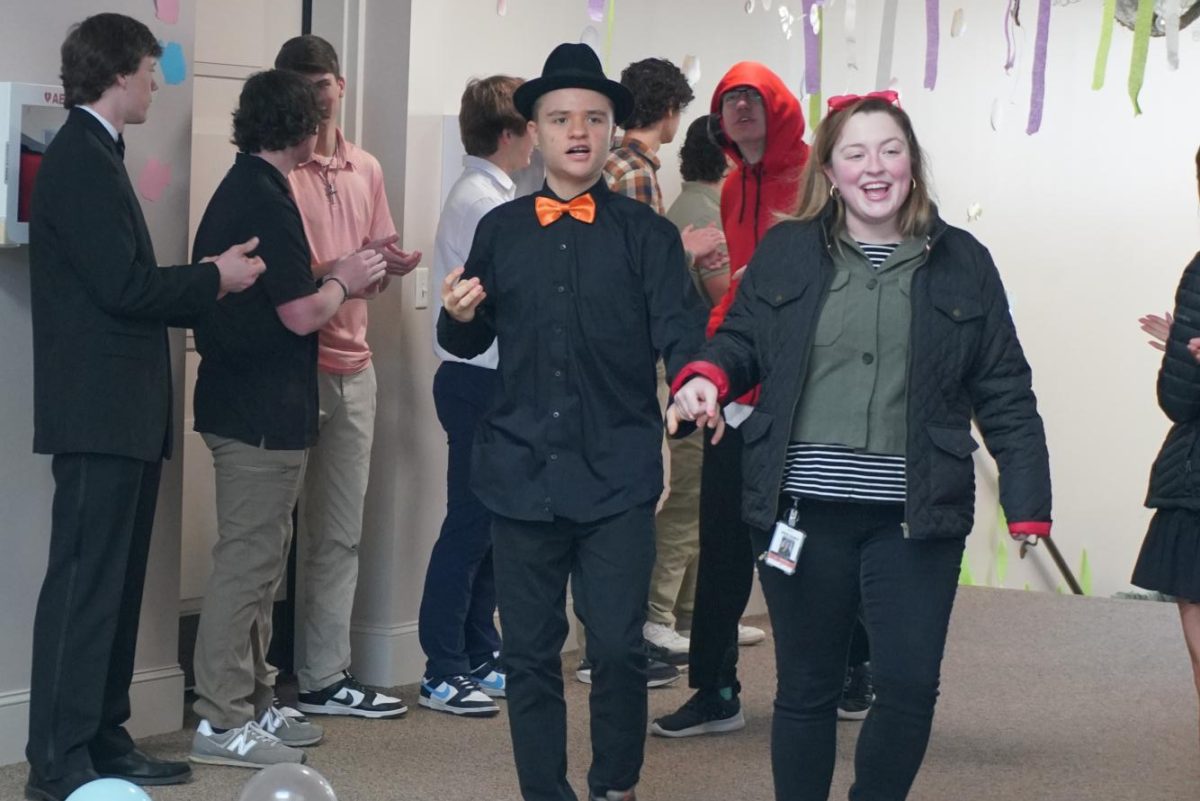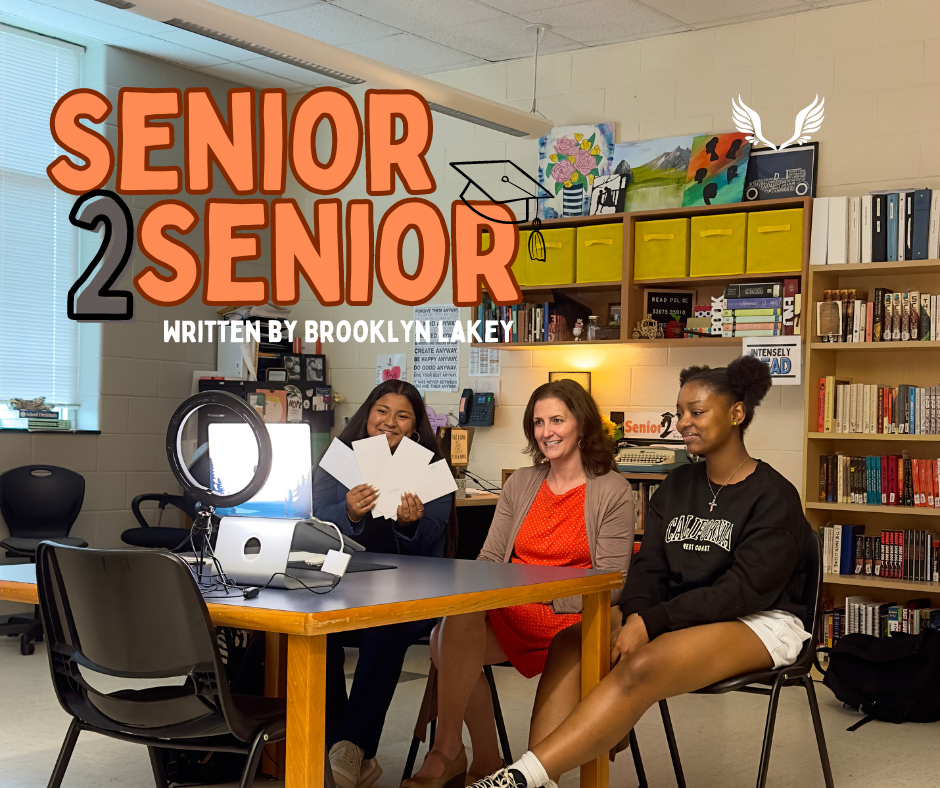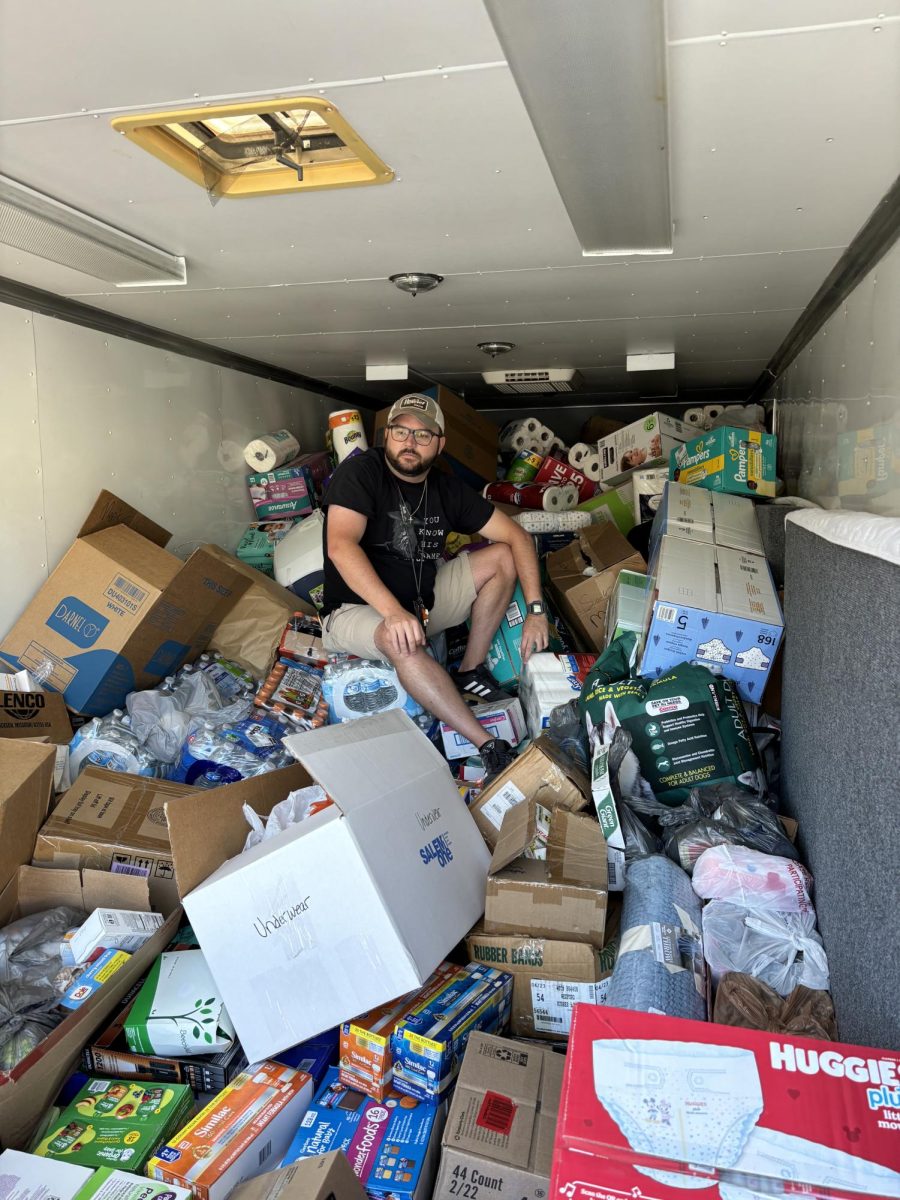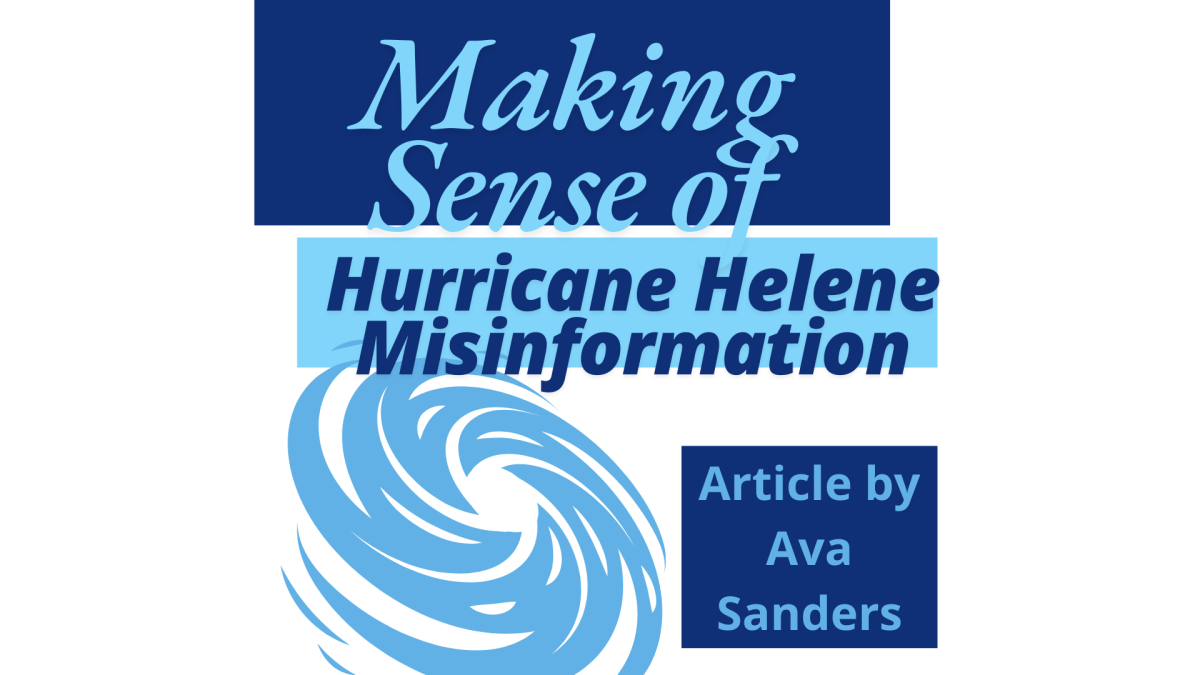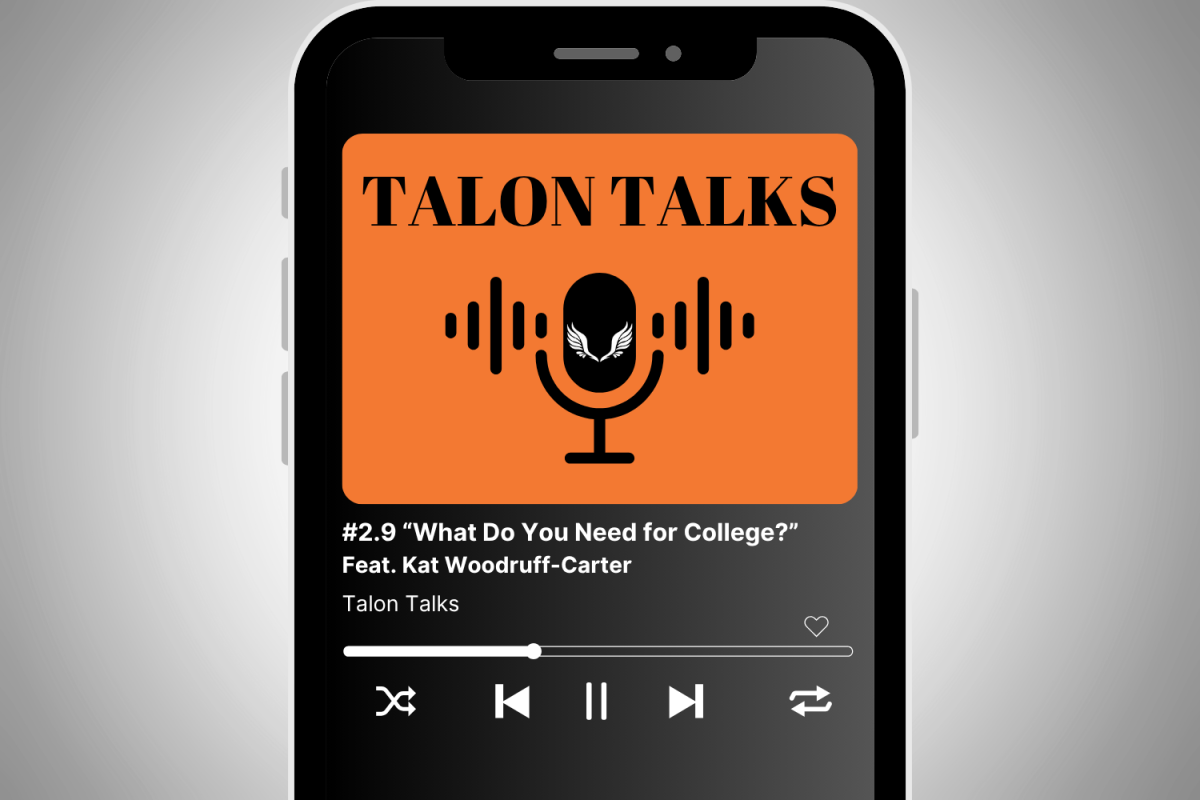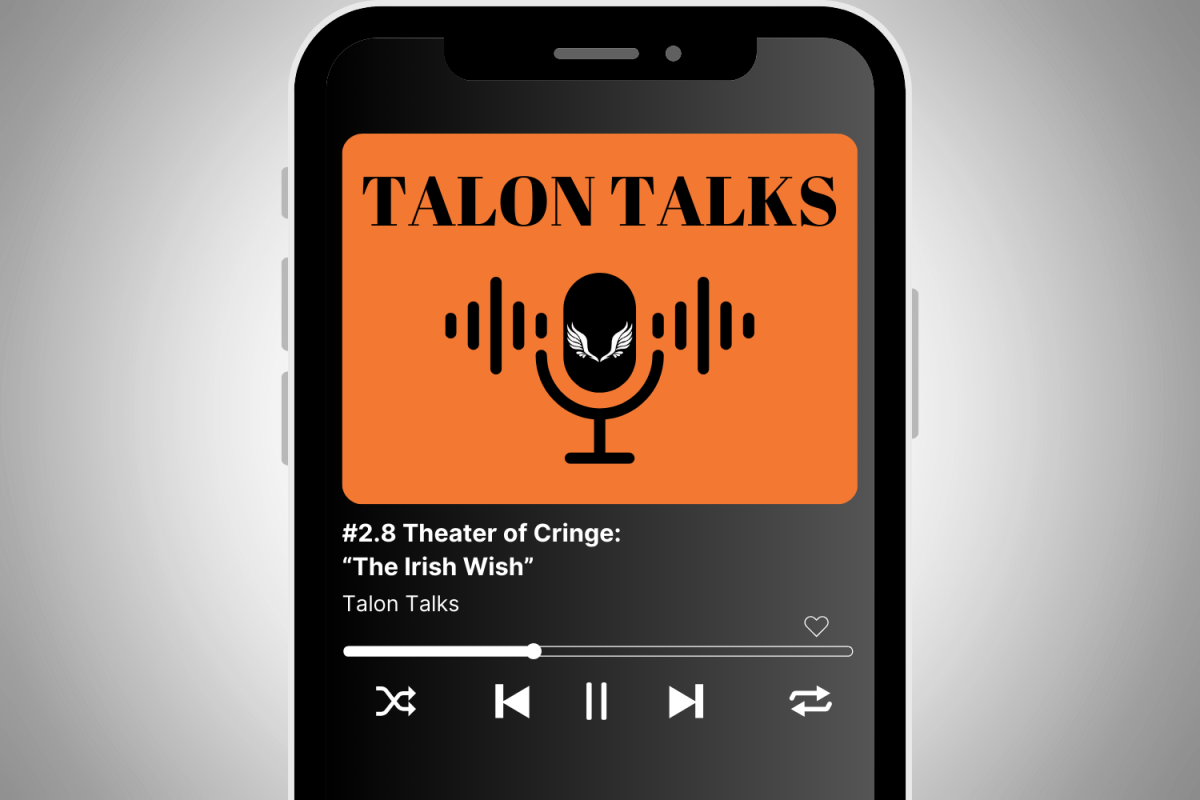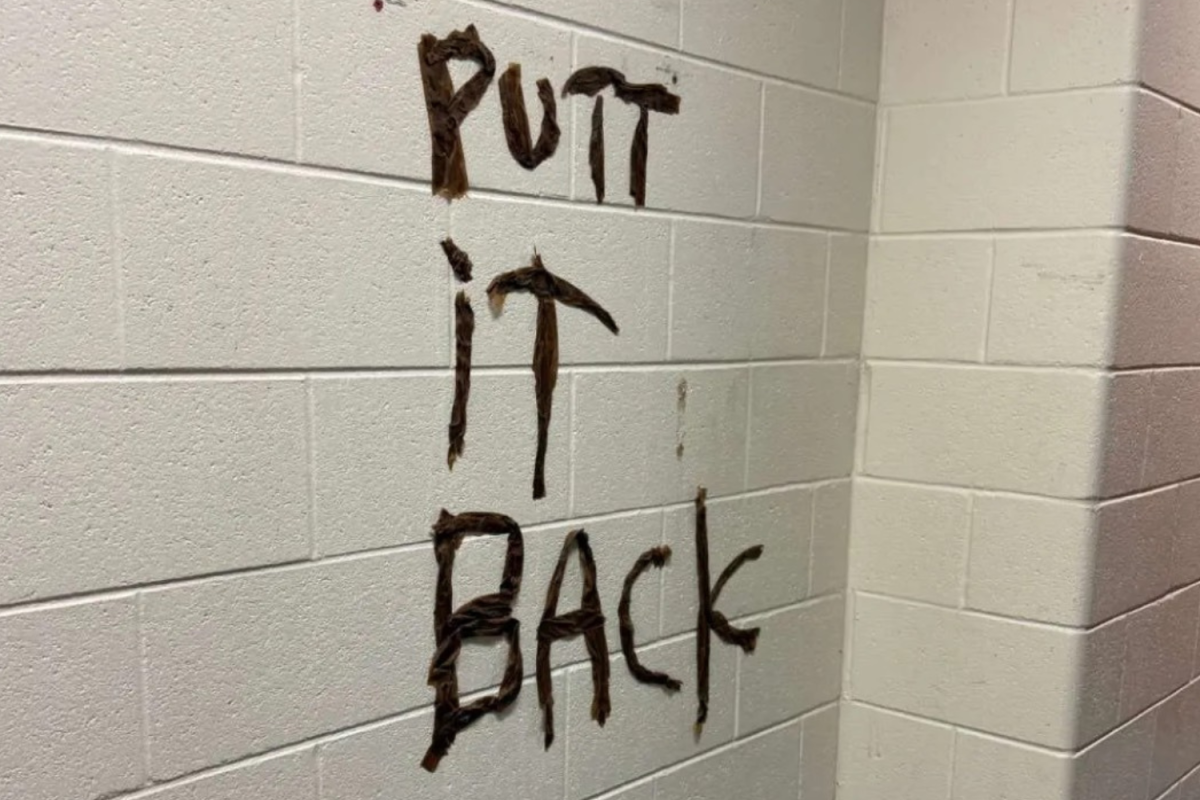Senior Chloe Smith woke up on Monday, October 20, a little later than usual—her morning classes at the community college had been canceled. Like most teenagers, the first thing she did after getting up was check her phone, specifically Snapchat. She opened the app and began sending messages. But something was wrong.
“Why is it not opening?” she thought as she stared at the screen. Her internet was working just fine otherwise. She couldn’t figure out what was wrong.
She then texted her friends on iMessage, and once the shock set in of Chloe not contacting them on Snapchat, her friends quickly told her about what was going on. It turned out the issue went far beyond Snapchat and, for many students, would come to inconvenience not only their social lives but the entirety of their school day.
Early Monday morning, Amazon Web Services (AWS) experienced an outage that compromised many online services. As students across the country soon discovered, that also meant an inability to access Canvas or, in some cases, even use their school devices.
As a result, most classes struggled to function properly. In some cases, students couldn’t do anything. Many couldn’t even open their Chromebooks because ClassLink was down.
The issues faced on this Monday in particular weren’t the first of their kind. AWS’s most recent outage occurred on June 13, 2023, which lasted about 2 hours. But Monday’s outdid that record, resulting in a 15-hour outage. At approximately 12:11 am, the outage began and was fixed at 6:53 pm the same day. The cause of this outage was a Domain Name System (DNS) error, a malfunction that occurs when a computer is unable to translate the website’s name into the right IP address. A DNS error is very common, but it can cause many problems for systems like AWS.
“They love when things go wrong.”
Gia Gerald, a first-year English teacher, didn’t think much of the struggles with the internet at first. Despite only being two months into her career at Davie High, she has already learned to expect a certain amount of slowness on her computer.
“I actually had noticed that a couple of my things on my computer weren’t working, but I assumed that was just classic Davie High internet,” Gerald said.
As her first period began, she attempted to move along with class as normal, beginning with a free write before students pulled out their technology. It was then that the problems became much more pronounced.
“I went around and I checked, and about half of them, their login screen wouldn’t turn on, and then half of them they could get in, but then none of the websites we needed were loading,” Gerald said. “And I was just like, okay, something is clearly amiss.”
Many students found joy in the outage. In Gerald’s class, students even remarked, “We should just go home.”
“[They were] so happy, so elated, so excited,” Gerald added. “They love when things go wrong.”
Even though many rejoiced at the disruption, many soon realized it was not just their schoolwork that was down, but also their social lives. Social media (Snapchat, Pinterest, and Reddit), Games (Fortnite, Roblox, and Clash of Clans), food ordering services (Starbucks and the McDonald’s app), and even apps like Ring, Roku, Duolingo, and Venmo were all affected by the outage. Numerous students use Snapchat to talk with their friends and interact with the world. Due to the nature of the outage, not everyone was affected equally. Some students were still able to access Snapchat, while any messages to their friends fell on deaf ears.
“I was happy Canvas was down, so I didn’t have to do any work; and Snapchat, I was bummed,” Claire Hutton said.
While many students were thrilled about their classwork being temporarily disabled, the teachers who relied on technology found themselves in hot water.. The staff had planned for a normal day, with as few interruptions as possible. When the outage occurred, their lessons were dashed. Oftentimes, teachers at Davie publish the majority of their coursework online, so when students were unable to access their computers, they had little to no backup.
“Everything I do is online,” Gerald said. “I’m not like a paper person. I guess that’s because I’m Gen Z. I just like things to be online.”
Despite her preference for grading online assignments, Gerald remarked that this experience made her rethink her approach to preparing for disruptions to her plans. This sentiment is shared by CTE teacher Brittani Steger, whose sports marketing class also lives primarily on Canvas.
“Having alternative assignments printed out already, like ready to go, just in case something like this were to happen, you would already have everything ready to go and printed so that students would have an alternative assignment.”
Despite this disruption initially throwing off her schedule, Steger has found comfort in looking back on the resilience and adaptability of both herself and her colleagues.
“It was chaotic because you definitely had to think on your feet,” Steger said. “But great thing about teachers—we usually can think on our feet and change plans.”
WorkKeys Woes
Technology disruptions further complicated Monday’s plans, as the day had been designated as Davie’s ACT WorkKeys testing day. WorkKeys, an evaluative assessment developed by ACT, focuses on applying workplace skills by emphasizing topics in math, reading, and problem-solving. Pinpointing these strengths helps employers evaluate job candidates and their job readiness. The shutdown brought test day to a halt before it had even begun.
For some students taking the test, confusion was high. Most of their computers were dysfunctional, leaving them at a loss as to what was happening.
“Everyone was just kind of sitting around confused, assuming, like, maybe they just have to update the system or something,” senior Angie Perez said. “At least, that’s what I assumed.”
Students didn’t have a clear understanding of why their computers were malfunctioning; many WorkKeys test-takers couldn’t log in to their computers or the TestNAV application. Other students, however, were relieved about the test difficulties. Many students, including senior Megan Clapper, had forgotten about the assessment altogether.
“I’m kind of relieved because I forgot that we had to take it,” Clapper said. “Kind of disappointed because I wanted to get it over with.”
Students were later sent to their first periods under the impression that the test would be postponed a day, though it would instead be rescheduled for Wednesday. By 7 P.M. on October 20, the AWS outage was resolved, and students would be able to resume their normal school lives the next morning.
“We struggled to get them there,” said assistant principal Tracey Everhart, who is in charge of testing. “They were there. They were ready. They were not happy to be taking it, but satisfied with it.”
With so many seniors having abbreviated schedules or ones that place them at the community college for most of the day, corralling all those who must take the Work Keys has often been a difficult task. Everhart and others worry that these continued disruptions will drag out the process even further.
“So my worry is that we’re not going to have as many students come tomorrow morning when we do it. So I’m going to have to do a bunch of small testing sessions after I have to chase them down.”
By Wednesday, everything was presumably back to normal. Canvas was up and running, Snap Streaks were being rebuilt, and Brawl Stars was playable again. The one thing that wasn’t functional was the WorkKeys testing system.
While the problems with AWS were resolved, the effects still lingered when it came to WorkKeys. Students were prepared and eager to take the test, but were greeted with yet another Error screen when they sat down to log in.
“We opened our computers and we logged in—we had done all the pre-testing stuff—and it said error again,” senior Ace Rucker said. “So then we were told, ‘turn it on and off. Just keep turning your computer on and off and clicking on it.’”
The students did just that, but unfortunately, the TestNAV application had started to struggle as well. The app couldn’t be opened; instead, it was tabbed as disabled for students. Because of the second malfunction, the WorkKeys test has been planned to be rescheduled for October 28. With not much else to be done, students could only hope that the third time would be the charm. It was–except for three students who experienced more technical issues, and have yet to take their WorkKeys exam.

